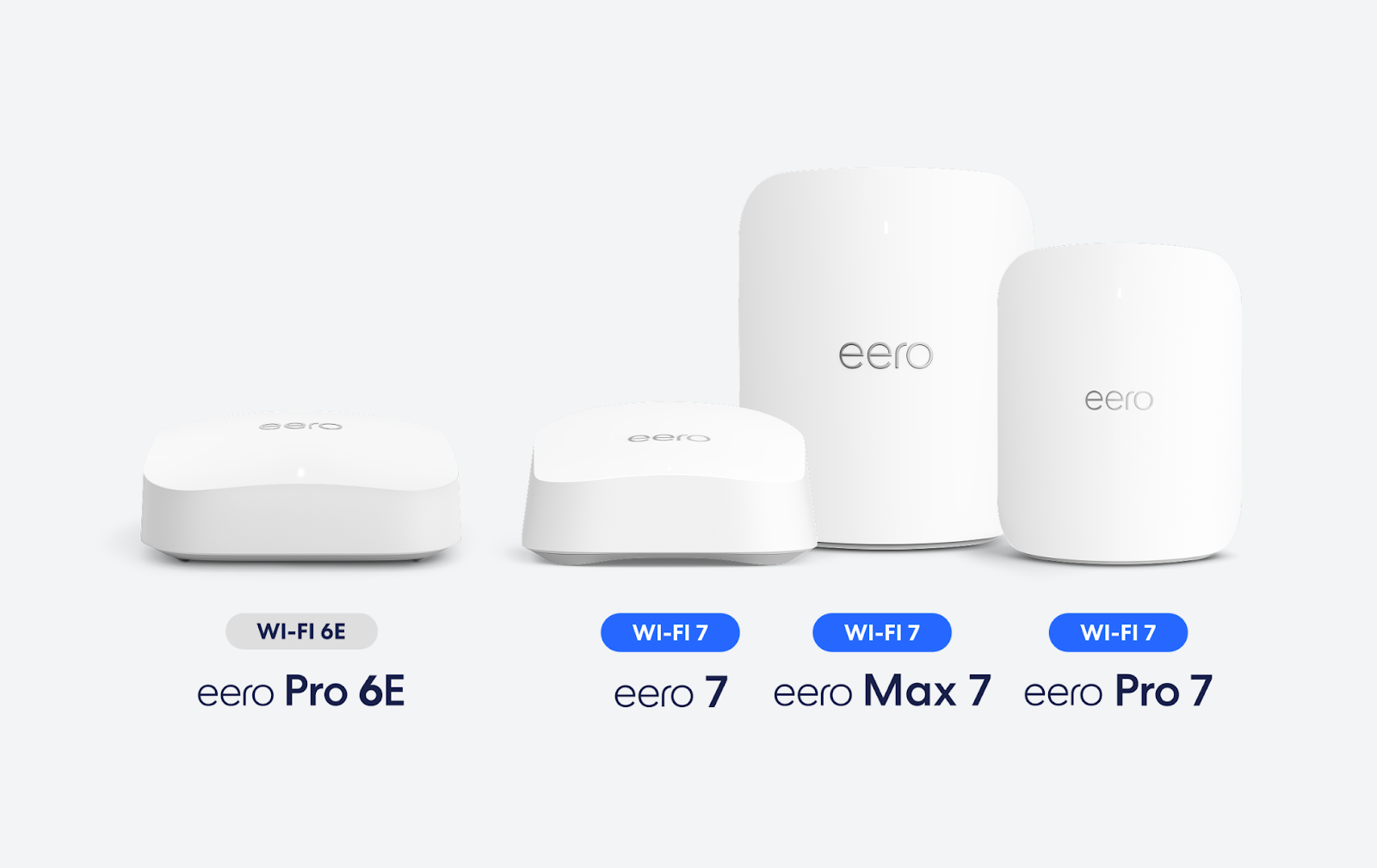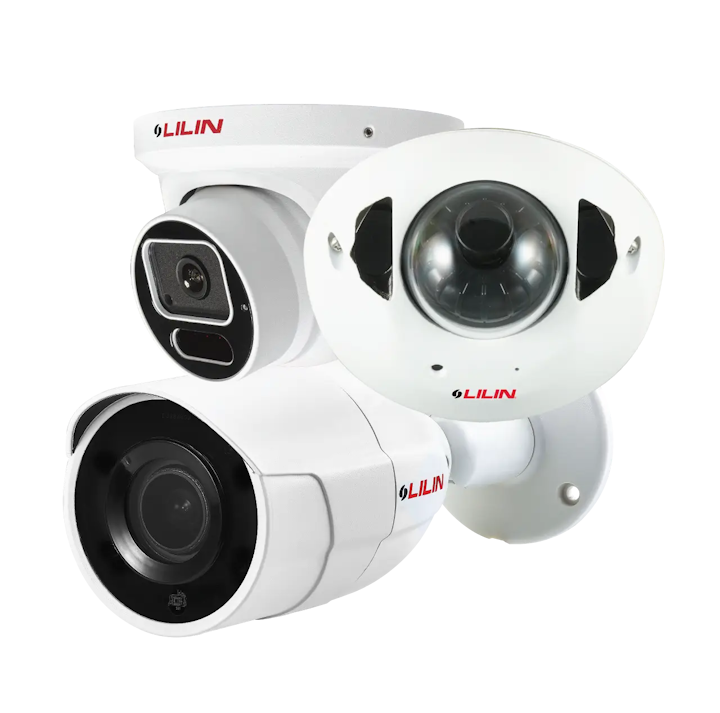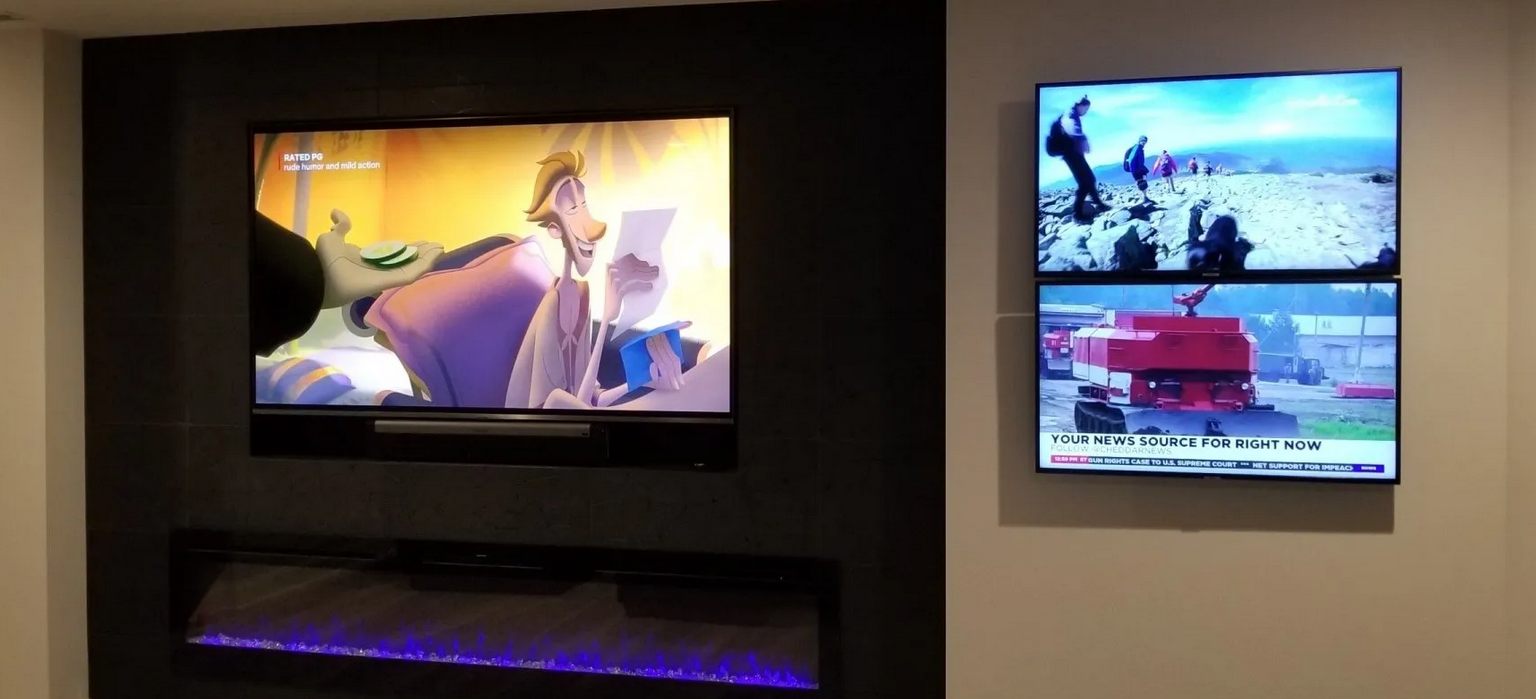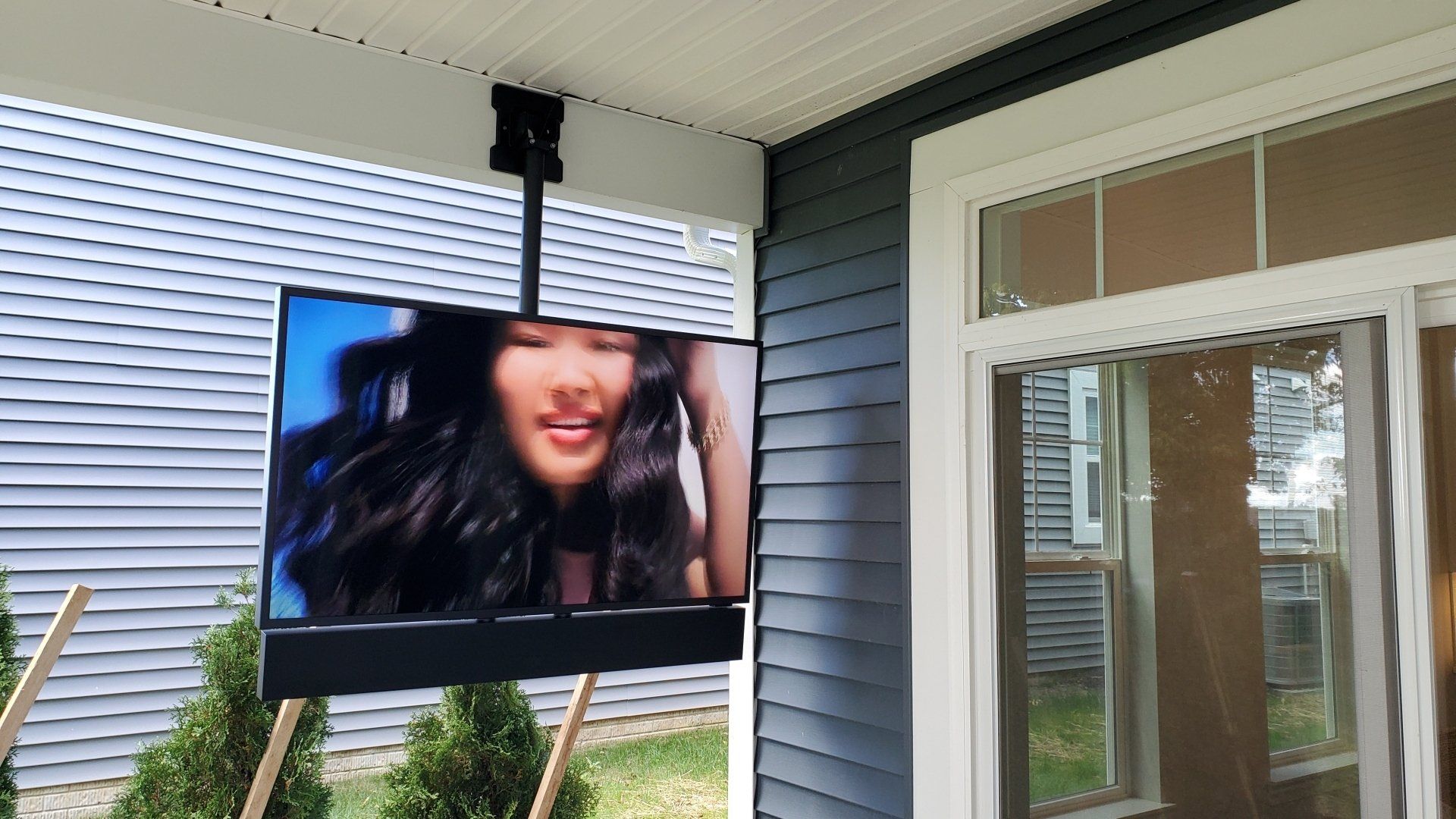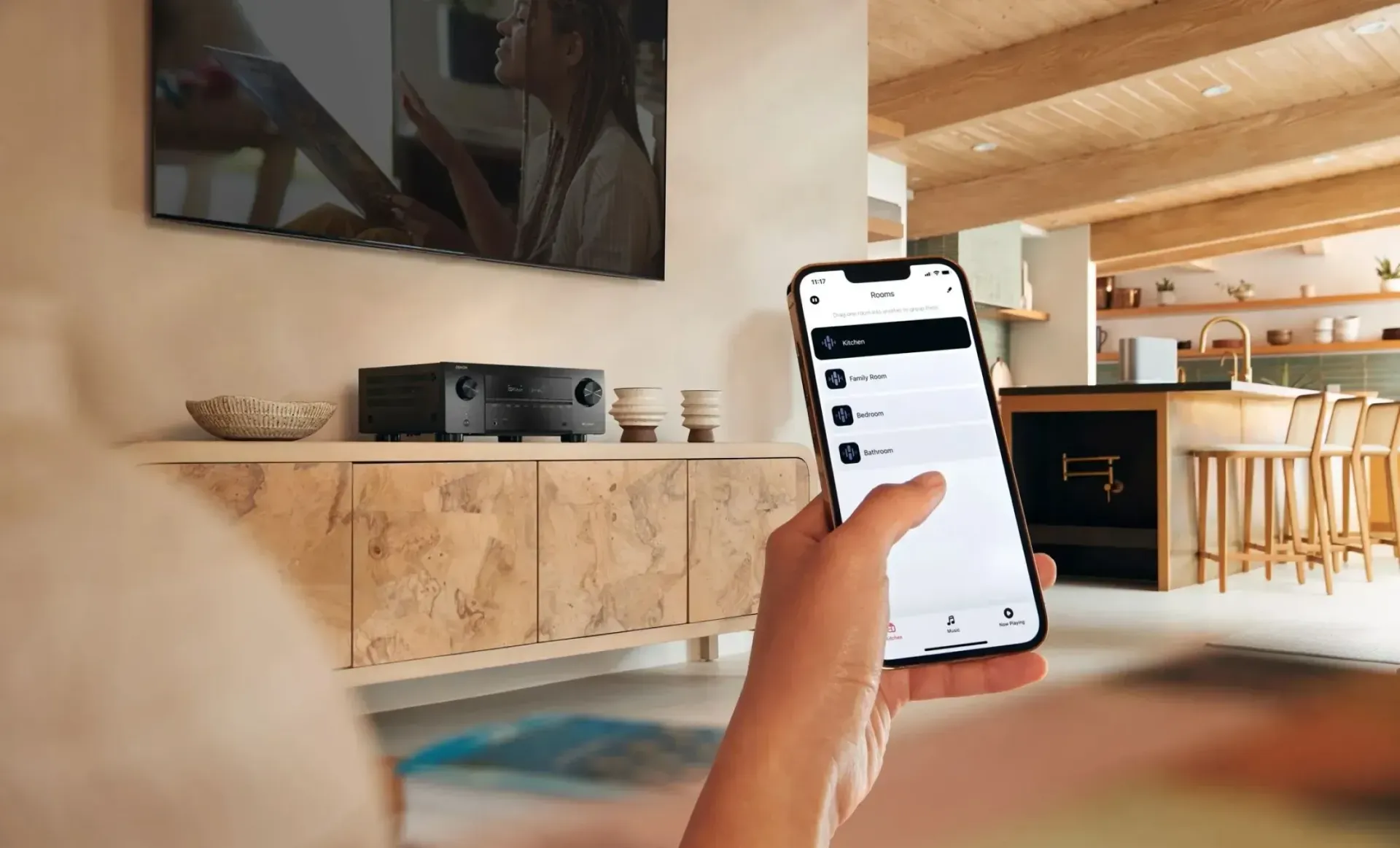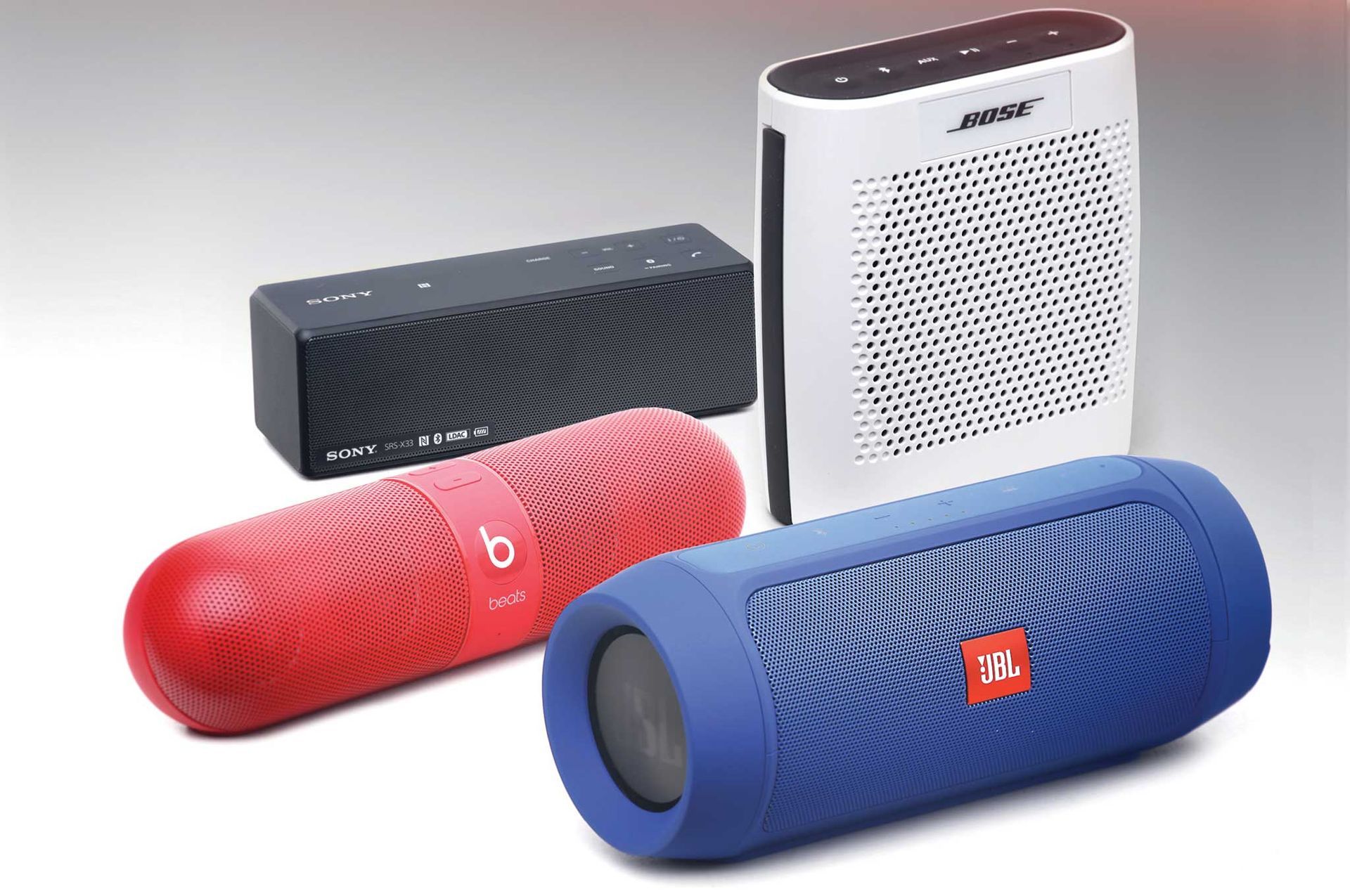Can I extend my outdoor WiFi 200 feet or more??
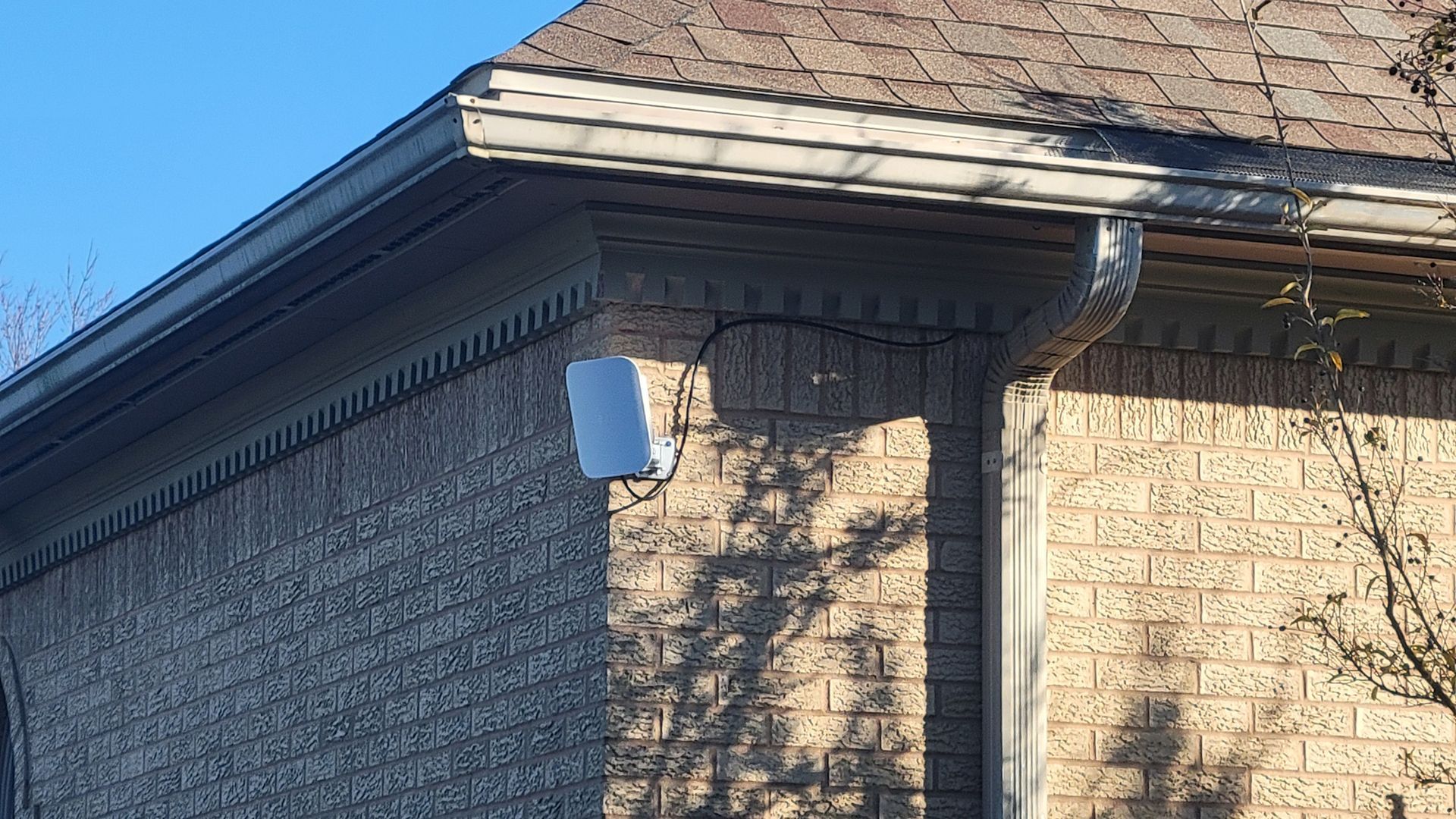
What is the Best Way to Get Outdoor WiFi?
Providing reliable outdoor WiFi is a common challenge for homeowners and small businesses alike. Whether you’re trying to connect an outbuilding, a workshop, or a patio seating area, outdoor connectivity requires careful planning and quality equipment. In this post, we’ll explore practical approaches to achieve strong, stable wireless coverage outside your main building, with a focus on options like professional outdoor wifi to an outbuilding, professional outdoor wifi installation, and extending wifi up to 200 feet or more. By the end, you’ll have a clearer understanding of how to get dependable outdoor WiFi and what to discuss with a professional if you decide to have professional extend outdoor wifi 200 feet and plenty more.
Why outdoor WiFi is different
Outdoor environments present unique challenges compared to inside a home or office. Buildings, trees, weather, and interference from other networks can all degrade signal quality. To overcome these hurdles, you need hardware designed for outside use, proper mounting, and configurations tailored to your space. Unlike indoor routers, outdoor access points, bridges, and antennas are built to withstand rain, wind, and temperature fluctuations, ensuring a safer and more reliable connection outdoors.
Planning your outdoor WiFi strategy
Before you buy equipment or hire help, map out your goals:
- Identify the exact outdoor areas requiring connectivity (outbuilding, deck, yard, workshop).
- Determine the desired speeds and number of simultaneous devices.
- Consider the distance from the main router to the outdoor locations (for example, planning a scenario where you have professional extend outdoor wifi 200 feet or more).
- Assess line of sight and potential obstructions such as walls, trees, or metal structures.
- Decide whether you need temporary coverage for events or a permanent solution.
Options for extending outdoor WiFi
There are several viable paths to achieve outdoor coverage. Each has its advantages and best-use scenarios.
1) Outdoor mesh systems
- Best for: broad coverage around a yard or multi-building setups.
- How they work: A network of outdoor-rated nodes communicates with each other to blanket an area with WiFi.
- Benefits: Easy to expand, scalable, generally reliable for mid-range distances.
2) Point-to-point (P2P) wireless bridges
- Best for: connecting a distant outbuilding or remote shed.
- How they work: A directional outdoor antenna or bridge establishes a dedicated wireless link between buildings.
- Benefits: Strong, stable connections over long distances, often with dedicated bandwidth.
3) Professional outdoor wifi installation
- Best for: serious reliability, complex layouts, or multiple outbuildings.
- Benefits: Expert assessment, proper hardware selection, professional mounting, weatherproofing, and optimized channel planning.
Do you need professional outdoor wifi installation?
If your requirements include long-distance coverage, high reliability, or multiple zones, hiring a professional can save time and frustration. A professional will:
- Assess your property for optimal access point placements and line of sight.
- Recommend weatherproof outdoor gear designed to withstand sun, rain, and temperature swings.
- Ensure proper cabling, grounding, and electrical considerations for safety.
- Configure network security, VLANs, and guest networks as needed.
- Provide a maintenance plan and potential upgrade path.
If you’re considering have professional extend outdoor wifi 300 feet, a pro will typically design a P2P link or a combination of an outdoor mesh system with a dedicated bridge to reach that distance, depending on terrain and obstacles.
Take a look at our videos below and you will see two examples of outdoor wifi installations Fisher Custom AV installed for our clients. Both installations involved setting up a Wifi system in side our clients house and then expanding it outdoors for their outdoor living area, and also separate garage and shed.
Signal quality: what to expect at 200 to 300 feet or more
Lengthy outdoor runs introduce several factors:
- Fresnel zone clearance: Ensure the path between transmitters isn’t obstructed to maintain signal strength.
- Line of sight: The cleaner the path, the better the link quality.
- Frequency choice: 5 GHz offers higher speeds but is more susceptible to attenuation, while 2.4 GHz travels further but at lower performance.
- Weather and interference: Rain, foliage, or nearby networks can affect performance.
In many cases, a well-planned P2P link or a high-quality outdoor mesh can deliver usable speeds at 300 feet or more, though real-world results depend on terrain and equipment.
Hardware and gear considerations
When selecting hardware for outdoor wifi, look for:
- Outdoor-rated access points (IP-rated housings, weatherproof enclosures).
- Directional antennas for P2P connections or robust omni/sector antennas for mesh.
- Weatherproof enclosures for mounting and cable management.
- PoE (Power over Ethernet) capabilities to simplify installation and reduce extra wiring.
- Support for interference mitigation features and channel width options (20/40/80 MHz depending on the band).
If you’re partnering with a professional, they’ll handle selecting gear that meets your needs and local regulations.
Security and network management
Outdoor networks should be secured just like indoor networks:
- Use strong encryption (WPA3) and unique passwords for each network.
- Segment guest networks so visitors can access the internet without intruding on your main network.
- Regularly update firmware and monitor for unauthorized devices.
- Consider a firewall or VLANs to separate critical devices from guest devices or IoT gear.
Cost considerations
Costs for outdoor wifi installations vary widely based on distance, terrain, equipment quality, and whether you go DIY or hire a pro. A basic outdoor mesh system may be affordable for smaller properties, while a professional outdoor wifi installation designed to extend wifi across 300 feet or more can be more cost-efficient in the long run due to reliability and reduced troubleshooting.
Final thoughts
Getting reliable outdoor WiFi is achievable with the right approach. Whether you opt for an outdoor mesh system, a dedicated P2P bridge, we recommend using a professional to install your outdoor wifi system. The key is to plan carefully, choose weatherproof gear, and consider professional help when extending wifi over longer distances like 200 feet or more.
If you’re aiming to have professional extend outdoor wifi 200 feet, consult us at Fisher Custom AV or a qualified installer in your area who can map the terrain, recommend the best hardware, and implement a robust, secure network that keeps your outbuilding and outdoor spaces connected year-round.
With thoughtful planning and quality equipment, you’ll enjoy dependable outdoor connectivity that meets your needs today and adapts for tomorrow. Contact us at 419.668.5131 or fill out our form below and we will be happy to discuss your specific circumstances and go over your best solutions.

